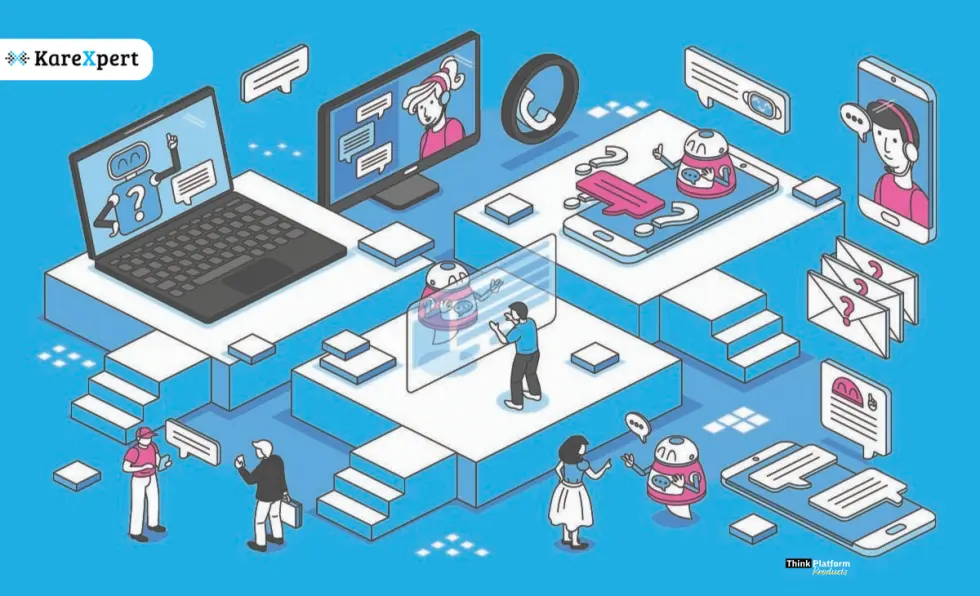How to Use Hospital Management System Software to Improve Patient Flow

Efficient patient flow is vital for healthcare organizations to provide high-quality care and ensure positive patient experiences. Hospital management system software plays a crucial role in optimizing patient flow by streamlining processes, improving communication, and enhancing coordination among healthcare providers. The following bullet points highlight key strategies and functionalities:
Automated Appointment Scheduling
– Implement an automated appointment scheduling system within the hospital management system software.
– Enable patients to schedule appointments online or through mobile applications.
– Allocate appointment slots efficiently, considering the availability of healthcare providers and resources.
– Reduce waiting times and enhance patient satisfaction by optimizing the appointment scheduling process.
Electronic Medical Records (EMR) Integration
– Integrate the hospital management software with an electronic medical records system.
– Enable seamless access to patient records, including medical history, diagnoses, medications, and allergies.
– Improve efficiency by eliminating the need for manual record retrieval and reducing data entry errors.
– Enhance patient safety by providing accurate and up-to-date information to healthcare providers.
Real-Time Bed Management
– Utilize the hospital management software for real-time bed management.
– Monitor bed occupancy and availability in different units and wards.
– Streamline the process of assigning and transferring patients based on bed availability and medical needs.
– Reduce patient wait times and optimize bed utilization for improved patient flow.
Queue Management System
– Implement a queue management system within the hospital management software.
– Enable patients to check-in electronically and receive real-time updates on their wait times.
– Streamline the flow of patients in waiting areas, ensuring efficient and organized patient movement.
– Improve patient satisfaction by providing transparency and reducing perceived wait times.
Digital Communication and Collaboration
– Utilize the software’s communication features to enhance coordination among healthcare providers
– Enable secure messaging and information sharing between different departments and care teams.
– Facilitate quick and efficient communication for consults, referrals, and care handoffs.
– Improve care coordination and minimize delays in patient management.
Automated Laboratory and Radiology Requests
– Integrate laboratory and radiology systems with the hospital management system software.
– Enable healthcare providers to place electronic requests for tests and procedures.
– Automate the process of sending requests to the respective departments and receiving results.
– Accelerate turnaround times for laboratory and radiology services, expediting patient diagnoses and treatment plans.
Analytics and Reporting
– Utilize the analytics and reporting capabilities of the hospital management software.
– Generate reports on patient flow metrics, such as waiting times, throughput, and bottlenecks.
– Identify areas for improvement and implement data-driven strategies to optimize patient flow.
– Monitor key performance indicators to assess the impact of process changes and interventions.
Mobile Applications and Patient Portals
– Leverage mobile applications and patient portals integrated with the hospital management system software.
– Enable patients to access their medical records, view test results, and communicate with healthcare providers.
– Provide self-service functionalities, such as online registration and appointment rescheduling.
– Empower patients to actively participate in their healthcare journey, reducing administrative burdens and enhancing patient satisfaction.
Hospital management system software offers a range of functionalities and strategies to improve patient flow within healthcare organizations. By implementing automated appointment scheduling, integrating electronic medical records, utilizing real-time bed management, employing queue management systems, facilitating digital communication and collaboration, automating laboratory and radiology requests, leveraging analytics and reporting, and utilizing mobile applications and patient portals, healthcare organizations can enhance patient flow, improve efficiency, and deliver optimal care. The utilization of hospital management system software as a comprehensive tool for optimizing patient flow is essential for providing high-quality, patient-centered care and ensuring positive patient experiences.
By leveraging the functionalities of hospital management system software, healthcare organizations can streamline processes, reduce wait times, enhance communication and coordination, and empower patients to actively engage in their healthcare journey. Improved appointment scheduling, seamless integration of electronic medical records, real-time bed management, efficient queue management, digital communication, automated laboratory and radiology requests, analytics and reporting, and mobile applications/patient portals all contribute to a smoother patient flow and ultimately result in better outcomes for both patients and healthcare providers. Embracing and utilizing the capabilities of hospital management system software is a valuable investment in optimizing patient flow and improving overall healthcare delivery.
